5 Lean Agile Lenses: Introducing the System of Humane Management
Nov 13
/
Jim Benson
The strength of Lean Thinking and an Agile Mindset is that at heart they are both about continuous improvement. People want to, need to, improve. We need to get better at what we do, see increasing impact, and know we are making a difference.
If this is a core human need, why do most Agile and Lean Transformations “fail?”
While it’s tempting to blame managers or staff or coaches for the “failures” of companies and teams to do their A3s or their retrospectives or their story points or their DMAIC or whatever, at some point we have to come to terms with the fact that these are human beings working and not simply work passing through human beings.
If this is a core human need, why do most Agile and Lean Transformations “fail?”
While it’s tempting to blame managers or staff or coaches for the “failures” of companies and teams to do their A3s or their retrospectives or their story points or their DMAIC or whatever, at some point we have to come to terms with the fact that these are human beings working and not simply work passing through human beings.
Continuous improvement has always, and will always, “fail” because reality doesn’t respect it. People become overloaded, distracted, or even inspired. And these things change the course of work.
And here’s the rub… if people did not become overloaded, distracted, or inspired…continuous improvement wouldn’t happen at all.
And here’s the rub… if people did not become overloaded, distracted, or inspired…continuous improvement wouldn’t happen at all.

Over the years, it has become increasingly clear to me that continuous improvement happens because of a tension of wanting to be better, having a clear path to making it better, and having time to make it better. Note that “better” is different from “improvement”.
Better is a human thing, improvement is a process thing.
To re-orient our overly tools-driven worlds of Lean and Agile back to Lean’s “respect for people” and Agile’s “Individuals and Interactions”, I use five lenses with teams to guide their decision-making and to make them constantly question their culture, their processes, and their impact.
Better is a human thing, improvement is a process thing.
To re-orient our overly tools-driven worlds of Lean and Agile back to Lean’s “respect for people” and Agile’s “Individuals and Interactions”, I use five lenses with teams to guide their decision-making and to make them constantly question their culture, their processes, and their impact.
The System of Humane Management
The Lenses:
I’ll briefly list them here and in the upcoming weeks I will go into detail about each of them. (We operationalize them in our courses).
I’ll briefly list them here and in the upcoming weeks I will go into detail about each of them. (We operationalize them in our courses).
Lean Agile Lens 1 — Communication
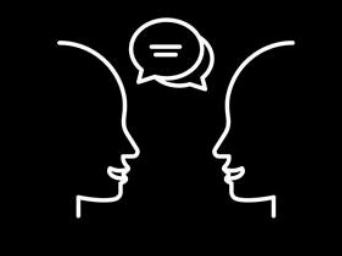
Human beings and human enterprise run primarily on turning ideas into products. Digital or physical, service or commodity, craft or mass produced… they are products. This requires constant, caring, and creative conversations between producers, managers, designers, sellers, marketers, customers, regulators, funders, and so on. Almost nothing is produced alone. We are always collaborating, that requires timely information, alignment, and action.
Lean Agile Lens 2 — Relationships
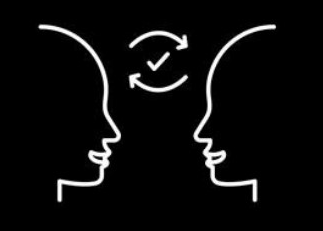
Even with the most standard of standard work, everything we do is the embodiment of a relationship. Every work order we receive, every plate of food we hand to a diner, every creative idea your business partner has, launches one or many relationships. There can be no isolationism in a successful business. If our relationships are not intentional and maintained, we will endure the costs of drama, frustration, and re-alignment. If they are intentional and maintained, work flows more smoothly, products are of higher quality, and everyone involved is professionally satisfied.
Lean Agile Lens 3 — Respect
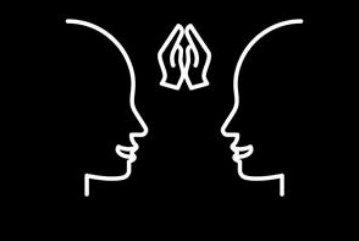
Respect is a deep word, strongly promoted in Lean but often highly under-utilized. Trust, alignment, faith, admiration…are all contained within.
When a team or a company is actively focused on respect as part of their culture and their process, they find ways to improve for real. Not simply shaving off a few seconds of some process or installing a new piece of software, but improving the way we understand the capabilities and aspirations of those around us. This creates real and immediate improvements every time.
Respect in business happens when people understand what they can expect from you. That’s powerful medicine.
When a team or a company is actively focused on respect as part of their culture and their process, they find ways to improve for real. Not simply shaving off a few seconds of some process or installing a new piece of software, but improving the way we understand the capabilities and aspirations of those around us. This creates real and immediate improvements every time.
Respect in business happens when people understand what they can expect from you. That’s powerful medicine.
Lean Agile Lens 4 — Flow

Work does not fit, it flows.
It does not only flow through a team or an assembly line, it flows through the market. It flows through people. People process the work.
This means flow has two meanings: work flow — the process by which work is recognized, defined, completed, and delivered; and psychological flow — a state where work is effortless, enjoyable, and perhaps even uplifting.
While it’s difficult to create a system that creates constant psychological flow, it is very easy to destroy its possibility.
Creating systems that manage work flow and create space for psychological flow by balancing creative work, unexpected work, and standard work is a core competency almost no Lean or Agile teams possess.
This is a root cause of “failed” Lean or Agile attempts.
It does not only flow through a team or an assembly line, it flows through the market. It flows through people. People process the work.
This means flow has two meanings: work flow — the process by which work is recognized, defined, completed, and delivered; and psychological flow — a state where work is effortless, enjoyable, and perhaps even uplifting.
While it’s difficult to create a system that creates constant psychological flow, it is very easy to destroy its possibility.
Creating systems that manage work flow and create space for psychological flow by balancing creative work, unexpected work, and standard work is a core competency almost no Lean or Agile teams possess.
This is a root cause of “failed” Lean or Agile attempts.
Lean Agile Lens 5 — PDSA
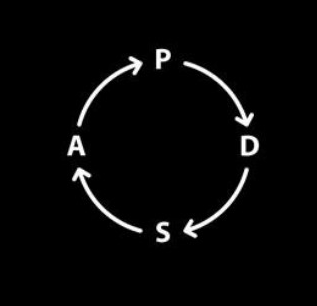
Plan, Do, Study, Adjust is the correct way of instantiating a continuous improvement loop.
Constantly asking teams when they start a new endeavor how PDSA is built-in, what they improved recently, and how effortless was the improvement is crucial to keeping this lens focused.
If improvement feels like “extra work”, the team or the company is not yet interested in being professional.
Constantly asking teams when they start a new endeavor how PDSA is built-in, what they improved recently, and how effortless was the improvement is crucial to keeping this lens focused.
If improvement feels like “extra work”, the team or the company is not yet interested in being professional.
What Modus Institute Provides
At Modus we use these Lean Agile lenses, in the past informally as internal guides to ask the right questions of clients and students.
In our Lean Agile Visual Management Certification, we have made this a core part of the curriculum. Everything is explicitly filtered through these lenses. Every tool, every concept, we make sure it is part of a humane, collaborative way of working.
Let’s make work not suck anymore.
In our Lean Agile Visual Management Certification, we have made this a core part of the curriculum. Everything is explicitly filtered through these lenses. Every tool, every concept, we make sure it is part of a humane, collaborative way of working.
Let’s make work not suck anymore.
Further Reading
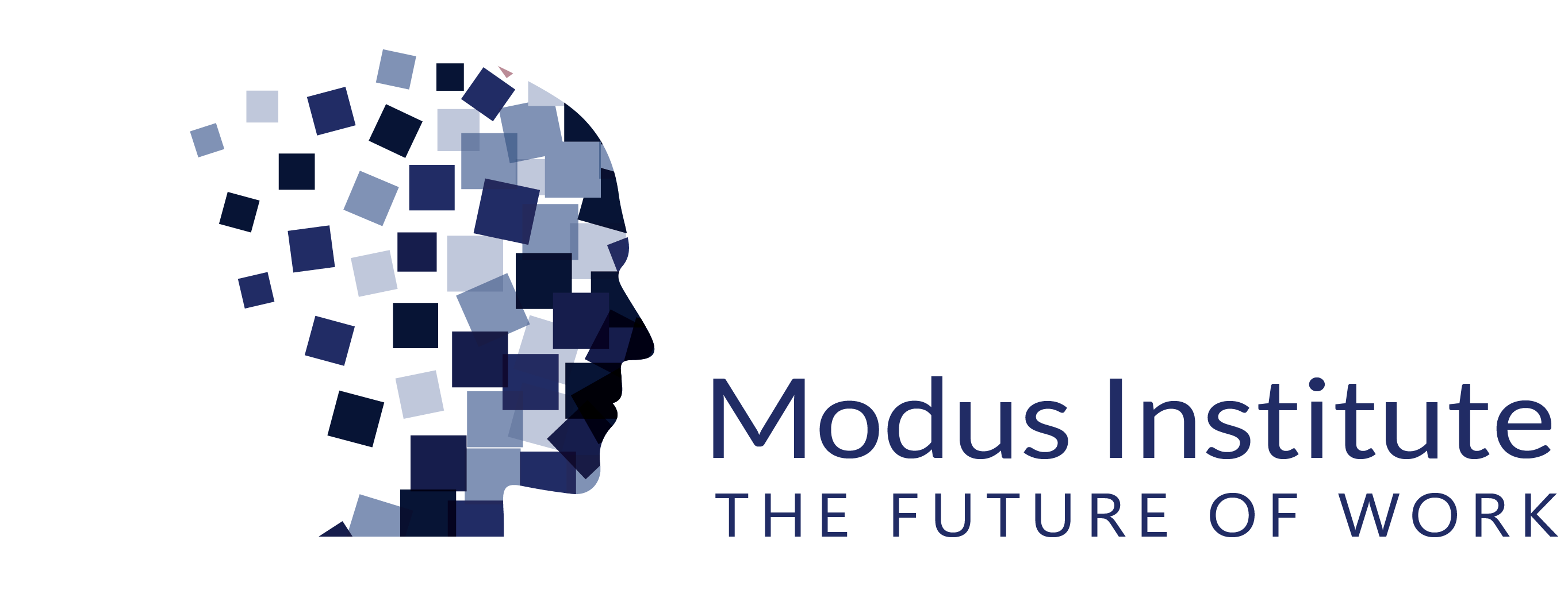
We are an online educational platform that helps professionals and aspiring individuals to succeed in their goals.
Featured links
Copyright © 2024